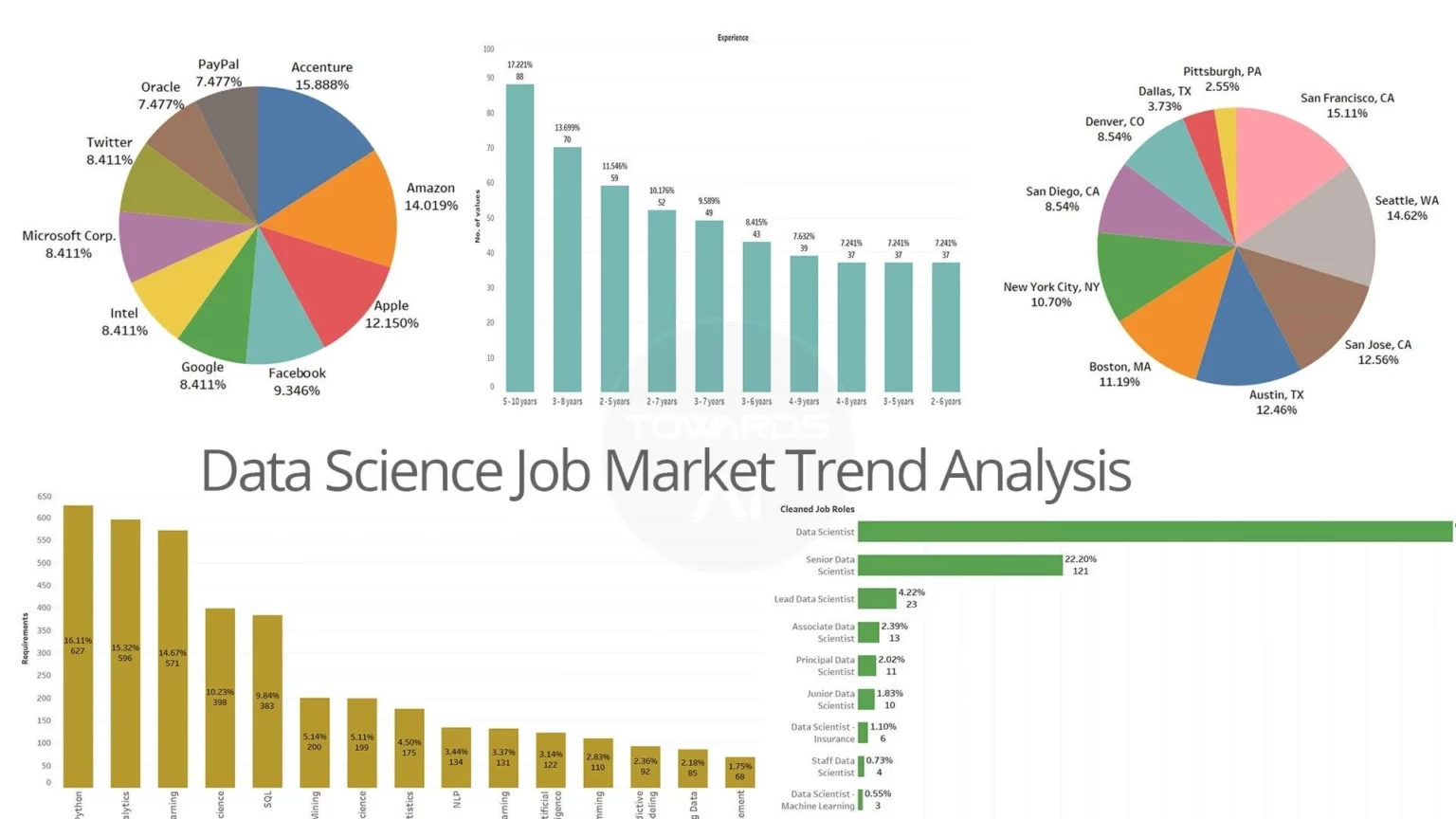Job Market Analysis
What is Job Market Analysis
Definition:
A “Job Market Analysis” is a systematic assessment of employment trends, job opportunities, salary ranges, and other factors within a specific industry or geographic area. It provides valuable insights into the demand for certain skills, the availability of job openings, and the competitive landscape within the job market.
Analogies:
Think of a Job Market Analysis as a compass. Just as a compass guides travelers in navigating their journey, a job market analysis helps job seekers and employers navigate the complexities of the job market, providing direction and insight into the current employment landscape.
Further Description:
A Job Market Analysis involves gathering and analyzing data related to job postings, employment statistics, industry trends, and economic indicators. It helps job seekers make informed decisions about career paths, skill development, and job search strategies, while also assisting employers in understanding talent availability and recruitment challenges.
Why is a Job Market Analysis Important?
A Job Market Analysis serves several important purposes:
Strategic Decision-Making: It helps organizations identify talent gaps, anticipate future hiring needs, and develop recruitment strategies aligned with business objectives.
Career Planning: Job seekers can use market analysis to identify in-demand skills, explore career opportunities, and make informed decisions about their professional development.
Salary Benchmarking: Employers can determine competitive salary ranges for specific roles based on market trends and industry standards, helping attract and retain top talent.
Key Components of a Job Market Analysis:
- Industry Trends: Identify emerging trends, technological advancements, and regulatory changes affecting the job market within specific industries.
- Job Opportunities: Analyze job postings, recruitment trends, and hiring patterns to understand the demand for various skills and occupations.
- Salary Data: Research salary ranges, compensation packages, and benefits offered for different roles to establish competitive pay structures.
- Labor Market Conditions: Assess unemployment rates, workforce demographics, and regional factors impacting job availability and employment opportunities.
- Skills in Demand: Identify key skills and competencies sought by employers within specific industries or job sectors to inform training and development initiatives.
Tips for Conducting a Job Market Analysis:
- Use Multiple Data Sources: Gather data from a variety of sources, including online job boards, government reports, industry associations, and professional networks.
- Stay Updated: Regularly monitor changes and updates in the job market to stay informed about evolving trends and dynamics.
- Consider Regional Variations: Recognize that job market conditions may vary by geographic location, industry sector, and economic factors.
- Seek Expert Insights: Consult with industry experts, recruiters, and career advisors to gain valuable insights and perspectives on market conditions and career opportunities.
- Tailor Analysis to Specific Needs: Customize your analysis to address specific objectives, whether it’s exploring new career paths, planning recruitment strategies, or benchmarking salary levels.
Key Takeaways:
- A Job Market Analysis provides valuable insights into employment trends, job opportunities, and competitive dynamics within specific industries or geographic areas.
- Key components include industry trends, job opportunities, salary data, labor market conditions, and skills in demand.
- Job seekers and employers can use market analysis to make informed decisions about career paths, recruitment strategies, salary negotiations, and talent development initiatives.
- Conducting a comprehensive job market analysis requires utilizing multiple data sources, staying updated on industry trends, considering regional variations, and seeking expert insights to inform decision-making processes.
Table of Contents





